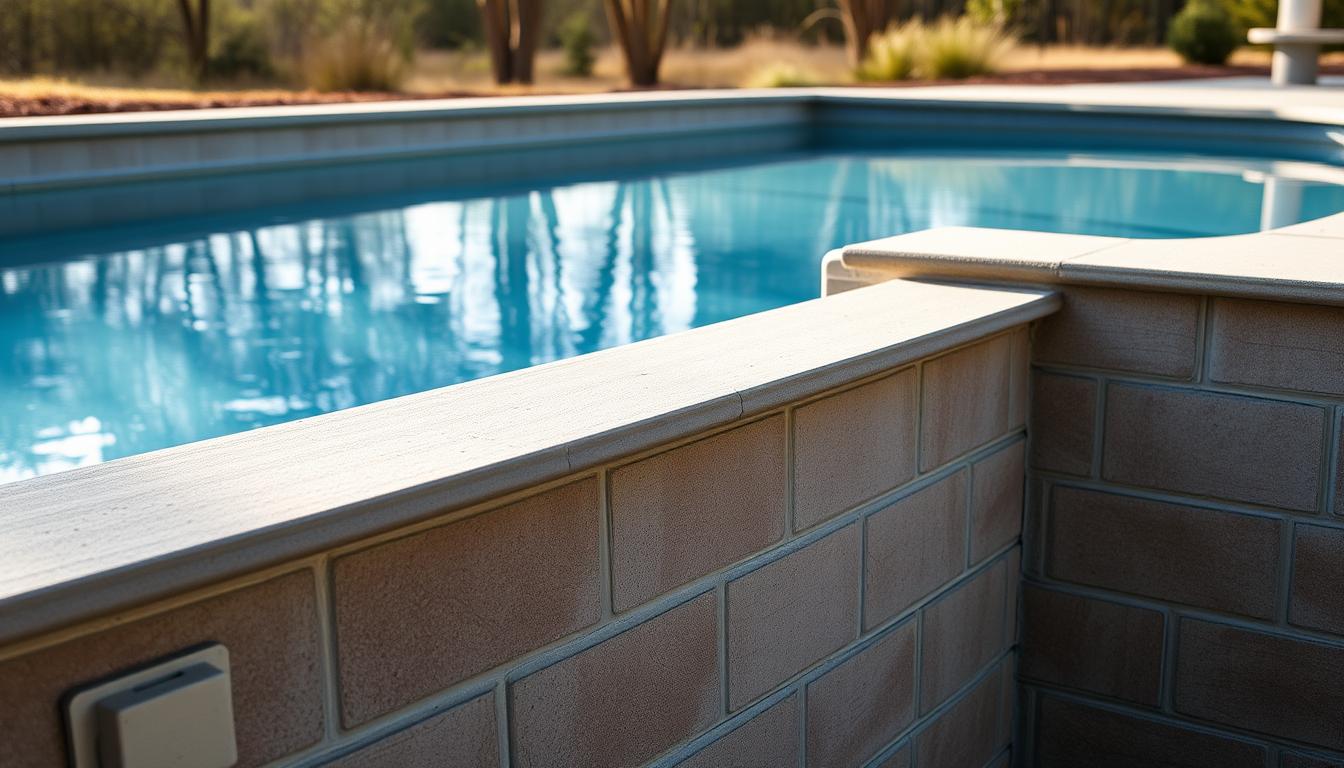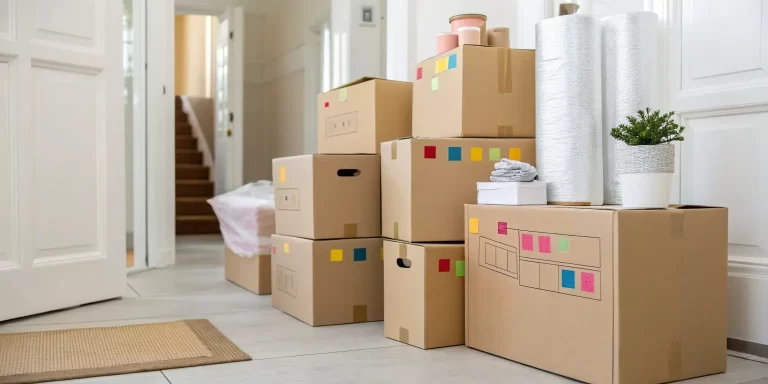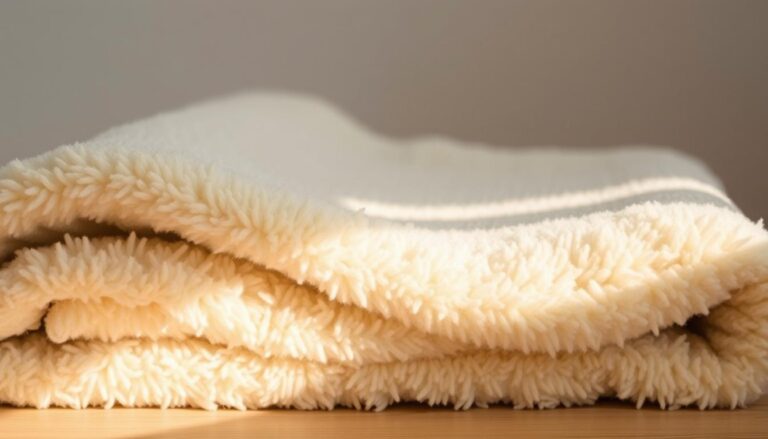How To Waterproof A Cinder Block Pool
Owning a cinder block pool can be a wonderful experience, but it requires regular maintenance to ensure it remains safe and enjoyable. One of the most critical aspects of pool maintenance is waterproofing. Without proper waterproofing, your cinder block pool can suffer from leaks, structural damage, and other issues that can be costly to repair.
We understand the importance of a well-maintained pool, and we’re here to guide you through the process. Proper cinder block pool waterproofing not only prevents leaks but also enhances the overall durability of your pool. By following our comprehensive guide, you’ll be able to enjoy a leak-free and durable cinder block pool for years to come.
Effective pool maintenance involves more than just waterproofing; it requires regular inspections and repairs. We’ll walk you through the steps necessary to keep your pool in top condition, ensuring a safe and enjoyable experience for you and your family.
Understanding Cinder Block Pool Waterproofing
To effectively waterproof a cinder block pool, we first need to understand why these pools tend to leak.
Leakage is a common issue with cinder block pools, stemming from their inherent characteristics and external factors.
Why Cinder Block Pools Leak
Cinder block pools leak primarily due to the porous nature of the blocks and the impact of settling foundations.
The porosity allows water to seep through the blocks, while foundation settling can cause cracks that exacerbate leakage.
- Porous cinder blocks
- Settling foundations causing cracks
- Poor construction practices
Essential Tools and Materials
To waterproof a cinder block pool, we need the right tools and materials.
These include hydraulic cement for filling cracks, waterproof membranes to prevent water seepage, and specialized coatings for added protection.
- Hydraulic cement
- Waterproof membranes
- Specialized coatings
How To Waterproof A Cinder Block Pool: Step-by-Step Process
A well-waterproofed cinder block pool not only enhances its durability but also ensures a safe and enjoyable swimming experience. Waterproofing a cinder block pool involves several critical steps that, when followed meticulously, can significantly extend the pool’s lifespan and reduce maintenance costs.
Preparing the Pool Surface
Preparing the pool surface is a crucial step in the waterproofing process. It involves cleaning, repairing, and profiling the surface to ensure a strong bond between the cinder blocks and the waterproofing material.
Cleaning and Removing Debris
The first step in preparing the pool surface is to clean it thoroughly. Remove any dirt, grime, or debris that may have accumulated. This can be done using a wire brush or a pressure washer, depending on the extent of the dirt buildup.
Repairing Cracks and Damaged Areas
Inspect the pool surface for any cracks or damaged areas. Use a suitable repair mix, such as hydraulic cement, to fill in these gaps. Ensure the repair material is fully cured before proceeding.
Creating a Proper Surface Profile
A proper surface profile is essential for the effective adhesion of waterproofing materials. Use a scabbler or sandblaster to roughen the surface, creating a mechanical bond between the cinder blocks and the waterproofing layer.

Applying Waterproofing Solutions
With the pool surface prepared, the next step is to apply waterproofing solutions. The choice of solution depends on the nature of the leaks and the desired level of waterproofing.
Hydraulic Cement for Active Leaks
For active leaks, hydraulic cement is an effective solution. It expands as it dries, sealing the leak from the inside out. Apply the cement according to the manufacturer’s instructions, ensuring it’s pressed firmly into the leak.
Waterproof Membrane Installation
A waterproof membrane provides a comprehensive barrier against water infiltration. Apply the membrane according to the manufacturer’s guidelines, ensuring complete coverage of the pool surface.
Applying Waterproof Paint or Coating
Waterproof paint or coatings offer an additional layer of protection. They are easy to apply and can be used in conjunction with other waterproofing methods. Choose a product suitable for underwater use and follow the application instructions carefully.
| Waterproofing Method | Application | Effectiveness |
|---|---|---|
| Hydraulic Cement | Active Leaks | High |
| Waterproof Membrane | General Waterproofing | Very High |
| Waterproof Paint/Coating | Additional Protection | High |
“The key to a successful waterproofing project is thorough preparation and the use of appropriate materials.”
Testing Your Waterproofing Work
After applying the waterproofing solutions, it’s crucial to test their effectiveness. Fill the pool with water and monitor it for leaks. Check the waterproofing layer for any signs of failure, such as blistering or detachment.
By following these steps and using the right materials, you can ensure your cinder block pool is properly waterproofed, providing years of safe and enjoyable use.
Ensuring Long-Term Pool Protection
To enjoy your cinder block pool for years to come, regular pool maintenance is crucial. Proper cinder block pool waterproofing is just the first step. We must also perform regular inspections to identify potential issues before they become major problems.
Regular maintenance tasks include checking the pool’s surface for cracks, ensuring the waterproofing layer remains intact, and addressing any issues promptly. By doing so, we can prevent leaks and damage, ensuring our pool remains safe and functional.
Effective pool maintenance also involves monitoring the pool’s water chemistry and making adjustments as necessary. This helps prevent damage to the pool’s structure and ensures a healthy swimming environment. By following these guidelines, we can protect our investment and enjoy our cinder block pool for many years.






